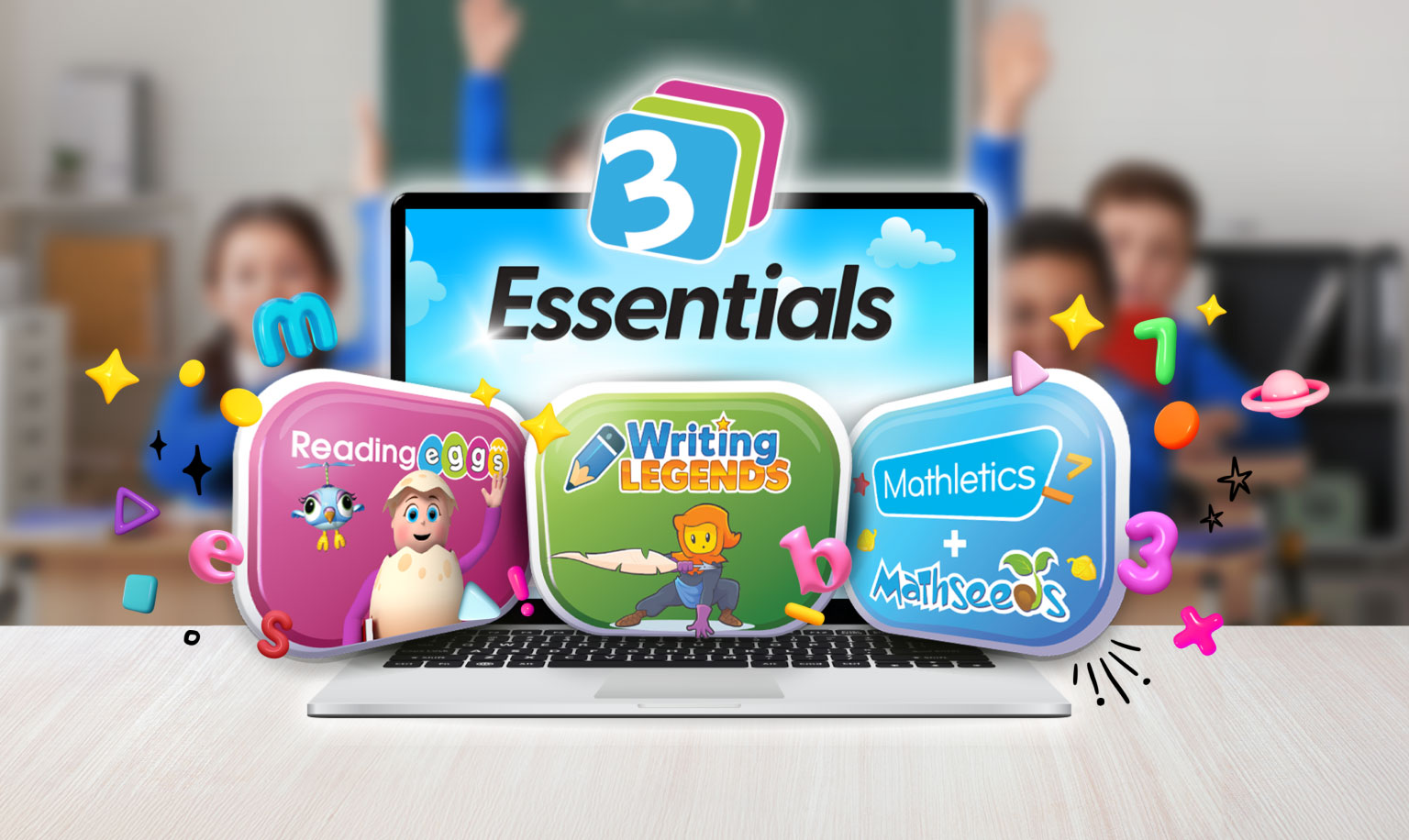
Mathematics can leave some students feeling helpless.
And when we see them with their head in their hands or staring blankly at yet another activity that just doesn’t make sense, teachers can start to feel helpless, too.
How do we get through to them?
Math-specific intervention strategies will give you the ability to help these struggling students.
We’ve compiled six of them here so you can confidently support the next student who says, “I just don’t get it”.
Direct instruction
Struggling learners often need systematic instruction, as opposed to student-centered activity.
Direct instruction (also known as “explicit teaching”) provides exactly this, with the teacher leading the students through the content every step of the way. Here’s how it works:
- The teacher introduces a concept, connecting it with previous content.
- The teacher models the skill to be learned.
- Students follow precise instructions to use the skill themselves in a scaffolded, step-by-step way.
- The teacher checks for understanding at each step.
- The above steps are repeated until students can practice independently.
Direct instruction is great for math interventions because it allows you to guide students through individual procedures step by step AND pick up on learning gaps immediately.
Teacher tip
The effectiveness of direct instruction relies on your clarity and precision when breaking things down — so don’t spare the detail!
Use a think aloud strategy, talking through everything you’re thinking even when you’re not writing (“Now I think this would be easier for me if I rounded 48 up to 50. I’ll do that and remember at the end that I have 2 extra I need to take off”).
To make sure you don’t miss anything, it’s best to semi-script your explanation beforehand and use a PowerPoint (or write on the whiteboard) to support the explanation.
Visual aids
A visual representation will make it easier for a student to wrap their head around a math concept that would otherwise be an abstract mess. Here are a few examples of common visual aids and representations:
Number lines: These are straight lines with numbers sequenced in order from end to end. They are useful for developing students’ number sense and counting skills.
Charts and graphs: These can be used to indicate the relationship between different sets of numbers, or to visualize abstract concepts (eg a pie chart for fractions).
Illustrations: Illustrations of concrete, recognizable items can make number sentences or word problems seems less abstract.
Graphic organizers: These are particularly useful for showing the relationship between number sentences and more literal representations. In the example below, the student reaches the sum 2 + 2 = 4 by counting circles in between the two steps.
Teacher tip
Students might find visualizations help them in class, but they don’t know how to use them independently. Promote it as a working-out strategy they can use on their own (eg supply working-out paper and encourage them to draw when tackling problems independently).
Schema instruction
When a student has no idea what a word problem is asking them to do, schema instruction will help. It enables them to decipher the underlying mathematical operation (schema) being hinted at by the words.
Take the student through a range of word problems that all work off the same schema, and then help them devise a mathematical sentence stem that they can fill in for problems of the same type. Let’s take the following two problems as an example:
Jack has three lemons and Solomon has two. How many do they have altogether?
Nicole is collecting money for a friend’s birthday present. She has 10 dollars so far and now she adds five of her own. How much money does she have for the present?
In both cases, the underlying operation is addition. So the schema might look like:
Number A + Number B = Total
You can then do this for other schema (eg subtraction, division, and so forth). It gives students a formula so they don’t have to approach each word problem as if it is asking something completely unfamiliar.
Teach metacognitive strategies
Often when you ask a struggling student what they’re having difficulty with, they’ll tell you one of the following:
All of it.
I just don’t get it.
I don’t know.
What this really means is that they have no metacognitive ability – the ability to think about their own mathematical thinking. Without this, they won’t be able to identify where they’re having trouble or do anything about it.
There are two metacognitive skills struggling math learners will need to develop:
Self-monitoring
Self-monitoring is the ability to internally talk oneself through a problem, step by step. For example, a student might approach a problem by asking themselves the following things as they proceed:
- Did I understand the question? If not, reread.
- Does this remind me of a problem I have done before? Let’s try the strategy I used for that one.
- That didn’t work. What’s another thing I could try?
Self-checking
Struggling learners often wait until they’ve reached a final answer to check their work, if at all. On the other hand, stronger students will constantly check their thinking along the way to make sure they’re on the right track. Teach students to ask such questions such as:
- Does this look right?
- If I put my answer “back into” the problem, does it make sense?
- Have I made any mistakes along the way?
Teacher tip
The best way to teach metacognitive skills is via a think aloud. Whenever you’re modeling a mathematical skill, talk aloud so students hear each individual thinking move you make to arrive at a final answer.
It’s best to step this out for yourself before you do it in front of the class. You might be surprised by how many quick steps you go through to solve a basic word problem or double-digit sum!
Peer-Assisted Learning Strategies (PALS)
Sometimes, a students’ peers might do a better job at putting a difficult concept into familiar language. Students will also feel less pressure and anxiety when working with a trusted partner.
PALS allows you to make the most of this by partnering high-ability students with those who need extra support.
These students then work together for 20–30 mins a couple of times per week, taking turns being the “coach” and the “player”. That way they have the benefit of one-on-one support and the opportunity to consolidate knowledge through teaching.
Give students the strategies they need to support each other first. It’s a good idea to set a structure or sequence of activities to guide them, for example:
- The coach models to the player how they would solve a word problem, thinking aloud the whole time.
- The player then works through another problem, thinking aloud, with the coach guiding them.
- The player completes a problem independently, which the coach checks.
Teacher tip
Rotating students through different partners every week will expose them to different ways of thinking and approaching mathematical concepts. With any luck, one of them will trigger the light bulb moment a struggling student is waiting for.
One-on-one student support
If you have a student who is considerably far behind, they may need one-on-one support in addition to the above initiatives. See if you can find a regular meeting time where you can work with them individually and take them through math activities step by step.
If time is at a premium (as it always is), consider supporting them with an online learning program that they can use independently. Look for one that syncs with your curriculum and automatically adjusts to student ability level, such as our Mathseeds and Mathletics programs. Click the link below to find out more.












